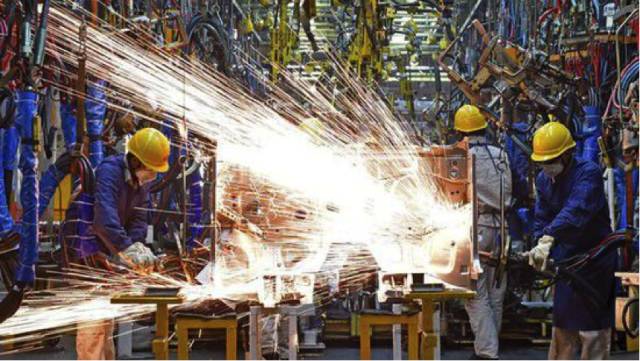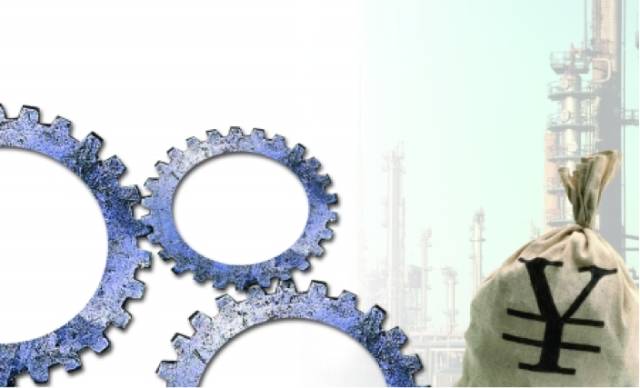
In March, the National Bureau of statistics released the financial data of industrial enterprises. It is gratifying that, 1-2 months, above scale industrial enterprises profit change in 2015 full year profit decline of the situation, an increase of 4.8%. In the spring of March, Chinas economy will also usher in the spring?
Although the profit of industrial enterprises in 1-2 months, although showing some growth, but this to a certain extent and the low base last year (1-2 months, industrial enterprises profit fell 4.2%). Compared with the same period last year, profit growth of only 0.4% this year, 1-2 months, with the characteristics of recovery growth. In He Ping, director of the National Bureau of industry efficiency of industrial department of view, the profits of industrial enterprises from negative to positive growth, the main reasons include to accelerate the growth of sales of industrial enterprises, industrial producer prices decline narrowed, oil processing, electrical machinery and food industry for profit growth contributed significantly.
Profit growth rebounded at the same time, the overall business situation is even more difficult. In particular, the high inventory and accounts receivable, increase the cost of the operation of the companys capital, the impact of the production and operation of enterprises. In the enterprise inventory, the end of 2, although the production of finished goods inventory growth rate dropped significantly, but the number of finished goods inventory turnover of 16.5 days, an increase of 2.3 days over the end of 2015. In terms of accounts receivable, 1-2 month, corporate accounts receivable grew 8.2%, the growth rate of the main business income of 7.2 percentage points higher than the average recovery period of accounts receivable for 42.4 days, an increase of 2.8 days.
Profit growth in the overall recovery of the case, the development of the industry has emerged differentiation. 1-2 months, in 41 industrial sectors, the total profit of the 28 industry increased, the 1 sectors were flat, 12 industry reduction.
Among them, the oil processing, electrical machinery and food industry to profit growth contribution significantly. Petroleum processing coking and nuclear fuel processing industry from the same period of loss to profit, the new profit of. Chemical raw materials and chemical products manufacturing industry profit growth of 16.2%, the new profit of. Agricultural and sideline food processing industry profits increased by 14.9%, the new profit of $14.8%; food manufacturing industry increased by, the new profit of. It is worth mentioning that, as part of the enterprise product upgrades, intelligent product development, drive efficiency, profit growth of 25%, the new profit of $.
The growth rate fell in the industry mainly concentrated in some of the high energy consuming and traditional industries. Among them, the ferrous metal smelting and rolling processing industry fell 72.9%, non-ferrous metal smelting and rolling processing, down 12.9%, coal mining and washing industry, oil and natural gas mining industry by gain of the corresponding period turn loss.

Overall, in the context of the global economic development is still a big uncertainty, for most industrial enterprises, to inventory, capacity, to leverage is still the main task of the current stage. For industrial enterprises, in the focus on profit growth at the same time pay more attention to the improvement of the quality of profit. In the form of credit increase short-term accounting profits will increase the pressure on enterprise funds, the depth of consumer demand mining and provide the main direction of corresponding high-quality products should remain as to increase profits for enterprises. At the same time, industrial enterprises in the process of management and control is still room for improvement. Industrial enterprises can be in Japanese enterprises lean production as the template, through the communication and collaboration of the information-based transformation on the existing production systems and upstream and downstream partners, reduce inventory levels of enterprises, so as to reduce the pressure on enterprise funds.

